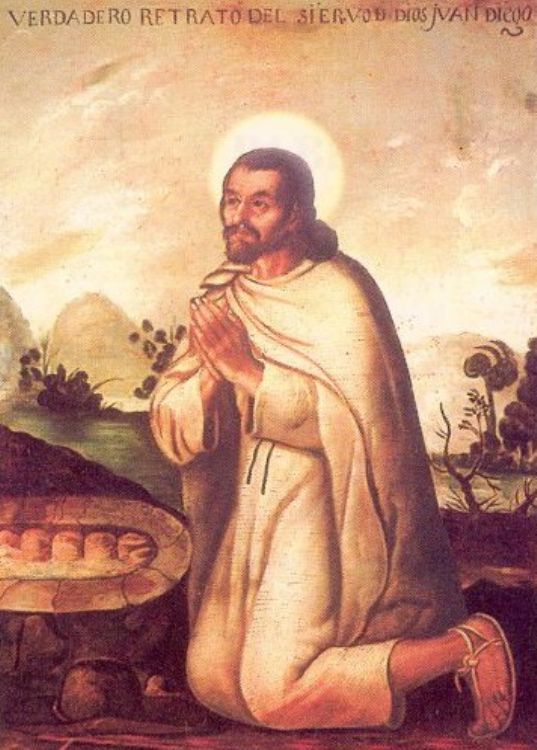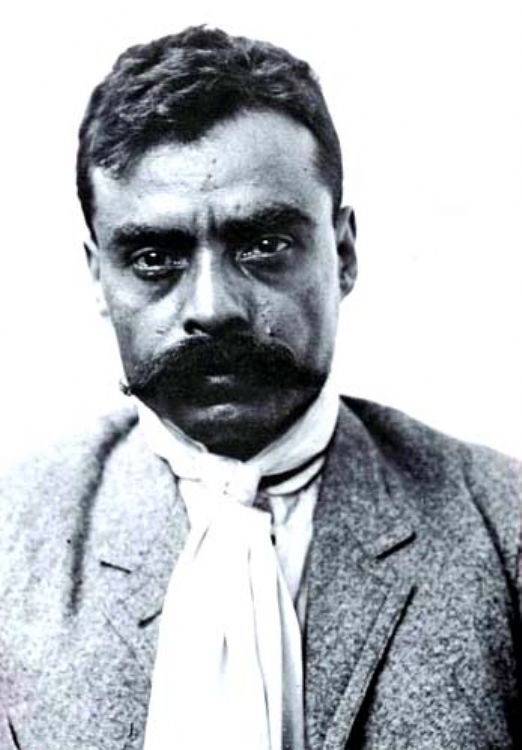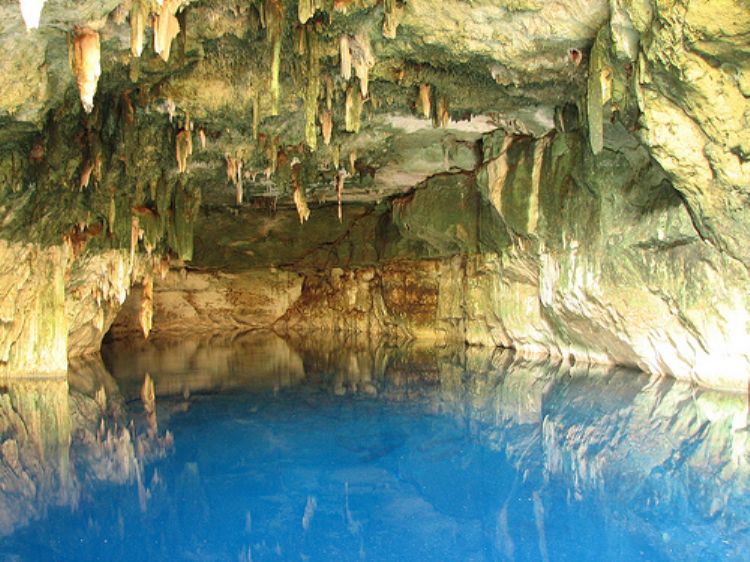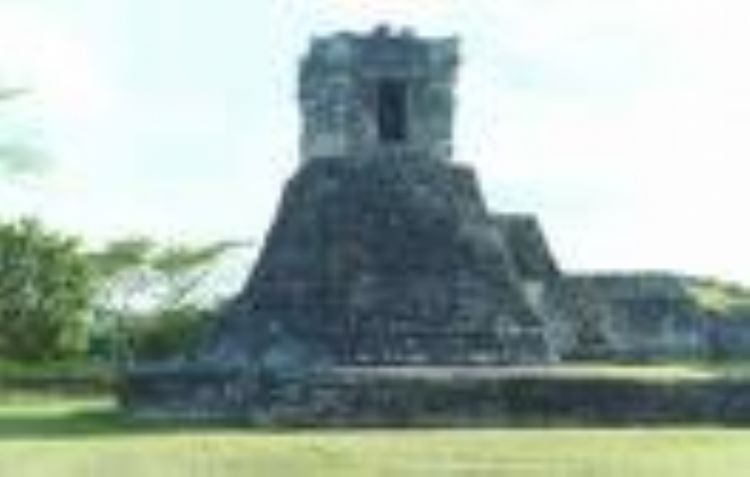The Aztec Empire
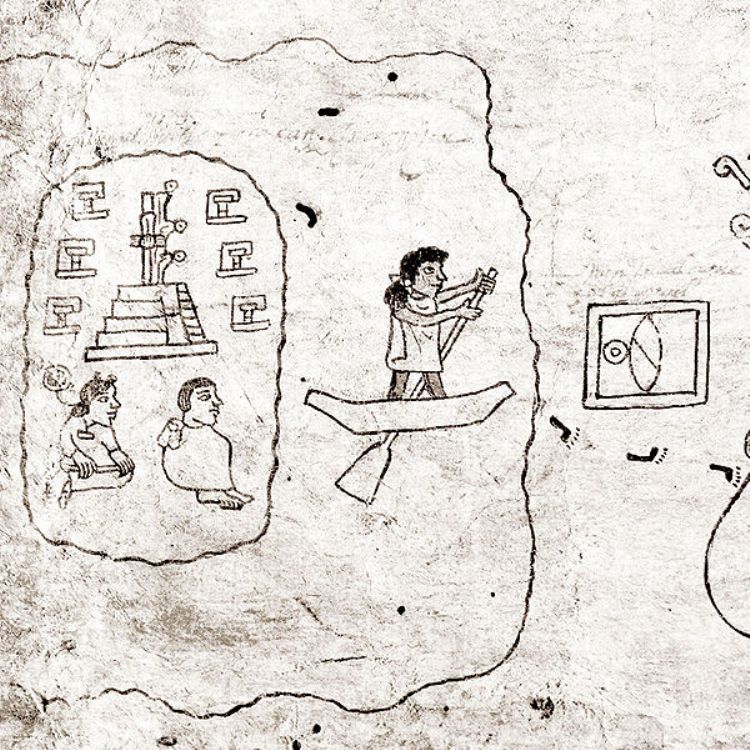
The Aztec Empire, also known as Mexica, was formed by certain ethnic groups in Central Mexico, especially Nahuatl speakers who had a political and military dominion over a vast region of Mesoamerica during the 14th, 15th and 16th centuries. Tenochtitlán, in the Valley of Mexico, was the capital of Aztec civilization.
In Nahuatl, the language of the Mexicas, Aztecatl means âwho comes from Aztlánâ. In 1810, Alexander von Humbolt coined the term Aztec applicable to all persons associated by commerce, traditions, religion and language to the Mexica State. This term was soon adopted by all historians to distinguish the current inhabitants of Mexico from those who lived before the Spanish Conquest.
According to the Boturini Code, in the year 1300 the Aztecs were the last tribe to arrive in Mesoamerica. They were poor and were not received well by the dwellers of the Valley of Mexico. The Aztecs wandered for years, according to legend, in search of the sign where they were to build their city. They were instructed to do so wherever they found and eagle devouring a snake on top of a cactus. In the year 1325 they found that signal at Texcoco Lake and founded their city, Mexico-Tenochtitlán.
Around the year 1430, the Aztecs had learned the culture of the people of the Valley and turned into a great military force. They accomplished an extraordinary warrior feat, in only 70 years they built Mesoamericaâs greatest empire and formed the Triple Alliance.
The Aztecs were outstanding in scientific innovations, especially in architecture, as proven by the buildings described in the Spanish chronicles and the ruins we can still witness. In the cityâs center there was the sacred area, formed by temples to each god of the Aztec cosmology and palaces, with the outstanding Great Temple, dedicated to Tlaloc, god of rain and Huitzilopochtli, god of the sun.
Their great technological advances allowed them to build an entire city on a lake, with three streets connecting it to land. They built rectangular paths with enough space in between to allow the passage of canoes; between the paths they placed wooden platforms they elevated for ships to pass. When elevated, these bridges also served as a defense and protective barrier.
The chinampas were fields built on top of the water and were the best plots for crops because they were always moist and could produce up to seven crops per year. This provided enough food, a decisive factor for this empireâs growth.
The territory of the Mexica Empire grouped the domains of the three states in the Triple Alliance: Texcoco, Tlacopan and Mexico-Tenochtitlán. The Mexicas didnât establish direct religious or language domains over conquered people, but governors of the Triple Alliance taxed them according to economic and geographic specialty. Although those conquered didnât have complete political independence, they continued being governed by local groups.
The Aztec State was led by the tlatoani, monarch known for his warrior skills and elected by the representatives of the twenty groups of the Aztec society. The governor was also the highest priest and was in charge of the army, the government and the religion. When the tlatoani had to make an important decision, for example a declaration of war, he consulted his advisers.
One of the main founders of the Aztec Empire was Moctezuma, who ascended to the throne in 1440. He ordered all the books burned, arguing they all contained lies, and rewrote history. This new version presented his culture as if it had always been a powerful and mythic nation. He also instituted ritual wars as a way to always keep a well-trained army and created the need for constant sacrifices in order to keep the sun in perpetual motion.
The social organization of the Mexicas was divided into twenty calpullis or clans each had its own land, temple and chief. Each clan was divided into nobles, common people and slaves. The slaves were prisoners of war or criminals forced to work for their masters and frequently turned into the victims of the ritual sacrifices.
The nobility proudly showed off its family ties to the governor by wearing jade and gold jewels, particularly necklaces, rings and bezotes, military insignias of high rank. Common people were only allowed to wear clay jewelry and henequen clothes.
The empireâs governors had excellent conquering strategies; the most notable was how they convinced many towns that it would be better to be under the domain of Tenochtitlán than to confront them in war. Another great tactic was analyzing the enemy through the reports brought by merchants who worked as spies. They were also able to win over many lordships by marrying into the nobility.
War was a very important activity for their eagerness to conquer and religious reasons. Mexicas believed gods had sacrificed for men and that the sun fed from the blood of hearts; thatâs why they celebrated thousands of human sacrifices at the temples.
In 1521, Hernán Cortes allied with the Aztecâs eternal rival, the Tlaxcala Confederation, and together with them he arrived at Tenochtitlán, where he defeated King Hueyi Tlatoani Moctezuma II with the Great Temple massacre. The Spaniards then built current Mexico City on the ruins of the ancient Aztec capital.
Artículo Producido por el Equipo Editorial Explorando México.
Copyright Explorando México, Todos los Derechos Reservados.
Foto: Wikipedia.org


